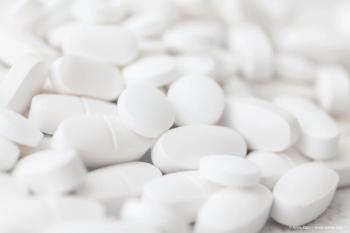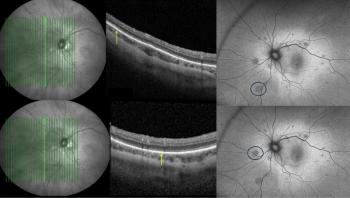
Refraction following PRK stable over eight years
Postoperative refraction following photorefractive keratectomy (PRK) remains stable from the second year postoperatively through to eight years.
Postoperative refraction following photorefractive keratectomy (PRK) remains stable from the second year postoperatively through to eight years, according to Hossein Mohammad Rabei and colleagues from the Basir Eye Center, Tehran, Iran.
The researchers obtained data from 2,141 myopic patients who underwent PRK with single-step method using a NIDEK EC-5000 excimer laser with 5-6 mm ablation zones in Basir Eye Center, Tehran during 1994-1996.
A total of 179 myopic eyes of 98 patients who had undergone PRK and completed eight years follow-up were included in the study. Follow-up examinations were performed one, three, six and 12 months and two and eight years after surgery. The treated eyes were divided into three groups according to preoperative refraction: low myopes, medium myopes and high myopes.
After eight years follow-up, the percentage of eyes within ±1 D of emmetropia was 69.1%, 30% and 46.2% in the low, medium and high groups, respectively. Changes in myopic regression stabilized in all myopic groups within two years and was significantly correlated to preoperative spherical equivalent refraction. Corneal haze was recorded in 5% but cleared within two years in 89% of cases.
The results of this long-term study demonstrate that refraction following PRK does remain stable for up to eight years following surgery.
Newsletter
Get the essential updates shaping the future of pharma manufacturing and compliance—subscribe today to Pharmaceutical Technology and never miss a breakthrough.













































